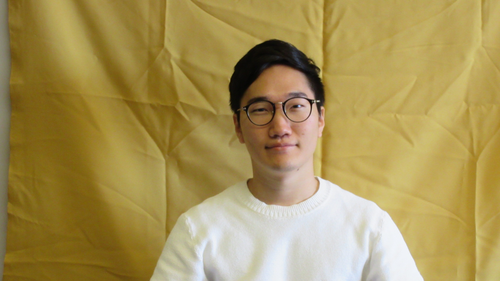
On April 3, Kidae Shin successfully defended the thesis “MBE-grown Thin Films for Novel Applications: From Single Atomic Layer Ferroelectrics to Isotopically Pure Quantum Memories” (advisor: Charles Ahn).
Kidae explained, “The world’s economic well-being has improved dramatically for the last 30 years, thanks to the exponential growth in information technology. However, as the performance of the computing chips near physical and engineering limits, it is becoming increasing challenging to sustain such growth. My thesis work focuses on using state-of-the-art thin film deposition technique called molecular beam epitaxy (MBE) and X-ray beams a billion times brighter than the sun to grow and study new materials, which may become building blocks of a next generation of more powerful and sustainable chips.”
Thesis abstract:
Since its first demonstration in 1966, molecular beam epitaxy (MBE) technique has been used extensively to advance electronics technology and answer important questions in condensed matter physics. Having a unique combination of ultra-high vacuum (UHV) growth environment, in situ characterization, and source distillation via effusion cells, the MBE technique has established itself as one of the most controllable and high-purity growth methods. As such, the MBE method has been used for a wide range of materials and applications including: 1) III-V compounds for electronics, optoelectronics, lasers, and solar cells, 2) complex oxides for electronics and superconductors, 3) graphene, and 4) topological insulators. This thesis attempts to expand this list and realize novel material properties, by applying the MBE technique to previously un(der)-explored topics. First, a combination of the MBE, synchrotron X-ray and theoretical methods is used to demonstrate that a single unit cell Mg2TiO4 on MgO can be a host for interlayer excitons. While the recent advances in optoelectronics are centered around 2D van der Waals (vdW) materials, the Mg2TiO4 on MgO is potentially an interlayer exciton system with enhanced ambient stability and scalability of oxides. Second, the MBE is used in an unconventional way to synthesize a ferroelectric monolayer ZrO2 on Si. This material system has a major advantage of being ferroelectric at the ultimate thickness limit even without being single crystalline, which significantly relaxes the fabrication requirements for potential commercialization. Finally, the MBE is used to grow oxide hosts for rare-earth ion (REI) quantum states, which is an emerging system for quantum communication applications. The MBE-grown TiO2 and CaWO4 thin films can potentially reduce decoherence of the REI quantum states compared to the commercial bulk hosts. Also, an isotopically engineered oxide film (CaWO4) grown for the first time, using an isotopically pure WO3 source material containing only the even tungsten isotopes. The isotopically engineered CaWO4 shows a 10 times reduction in the non-zero nuclear spin bath, which is a major source of decoherence for the REI quantum states.